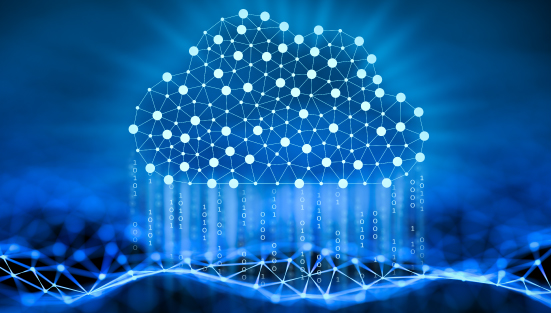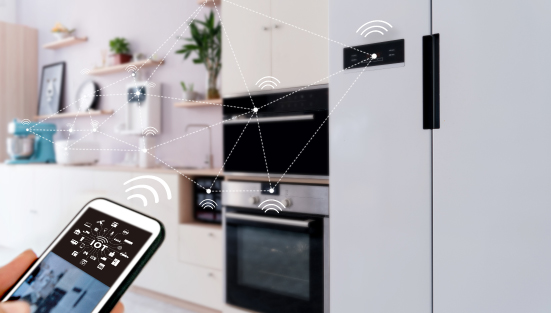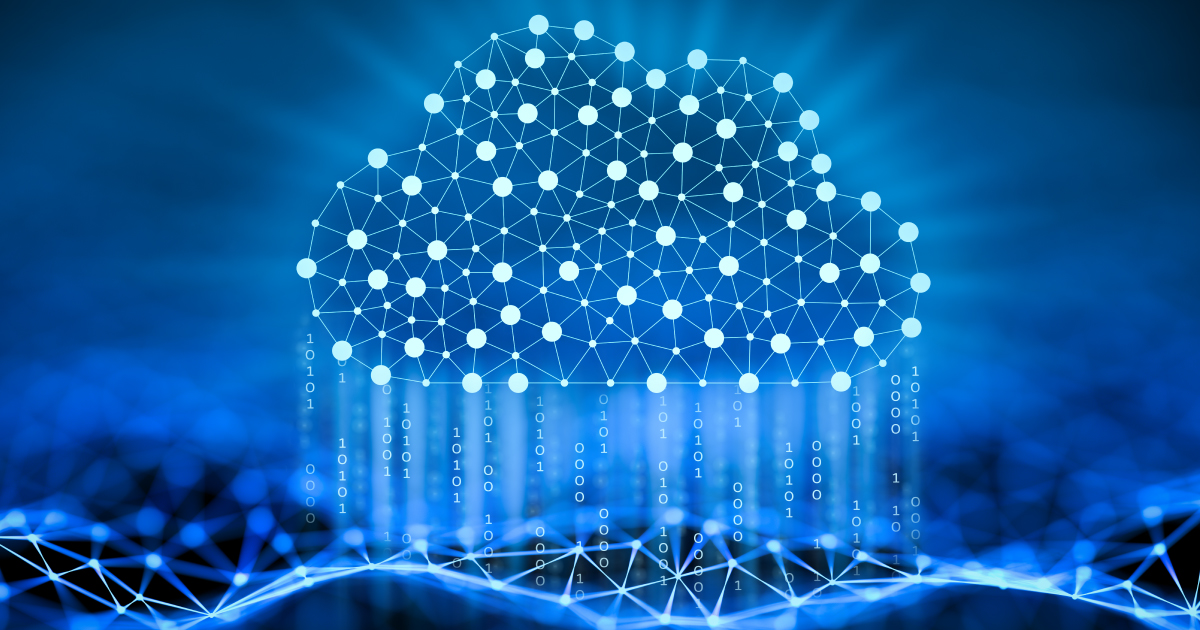IoT – Not Just a Buzzword
IoT or Internet of Things is the new buzzword in the modern world, but it is more than just another catchword. It is the way the world will be connected and run in the future. The change is already happening. Ranging from refrigerators to washing machines to cars, microcontrollers run various sensors/ actuators in our homes, offices and on roads. These stand-alone microcontrollers are now connected to the Internet to ensure smooth running of systems.

Connecting home-based devices to Internet enables a person to access their home’s air-conditioner from the mobile while returning from office so that home is cool when they reach. In industries also, IoT based sensors and transducers enable greater efficiency and lesser cost. These devices can communicate with each other, making production of goods faster.
But IoT has a downside too. Having devices connected to Internet makes them vulnerable to attacks. Also, these devices, which are easier to hack compared to computers, can be used to install botnets and launch DDoS attack on other systems.
A note for the technical guys out there. Initially Internet was for people. Then it was built on TCP-IP 5-layer architecture, by DARPA (U.S. Department of Defense's Advanced Research Projects Agency) team, led by Vinton Cerf and Robert Kahn. But, with the advent of Internet-of-Things, new protocols are being devised. IoT protocol stack shown in the below figure shows 3-layer architecture – Link Layer, Network Layer and Application Layer. The Link layer consists of the Physical layer and MAC layer as per the defined standards like IEEE802.11, IEEE802.15.4, Long range network, Cellular, etc. The Network layer consists of IPv4/ IPv6 and other protocols. IPv4 is depleting fast as more and more devices get connected. Hence, there is requirement to shift to IPv6. And Application layer consists of TCP/ UDP, TLS/ SSL, HTTP/ HTTPS and other protocols.


This article will be incomplete if we don’t mention the need for standardisation. Standardisation of all well-tested protocols and technologies is a must to build secure and efficient Internet – of people – of things. Moreover, with standardisation, the IoT devices from different companies would be inter-operable and able to connect to each other. In this, India can and should collaborate with IETF/ IRTF (Internet Research Task Force ) and other agencies to develop inexpensive and secure IoT standards.
FutureSkills Prime offers various programs for trainer trainings and government officials.
Upcoming Bridge courses on FutureSkills Prime portal targets to equip technocrats and government officials with basic to in-depth skill developments in Internet of Things technology.
Written by C-DAC Bangalore


